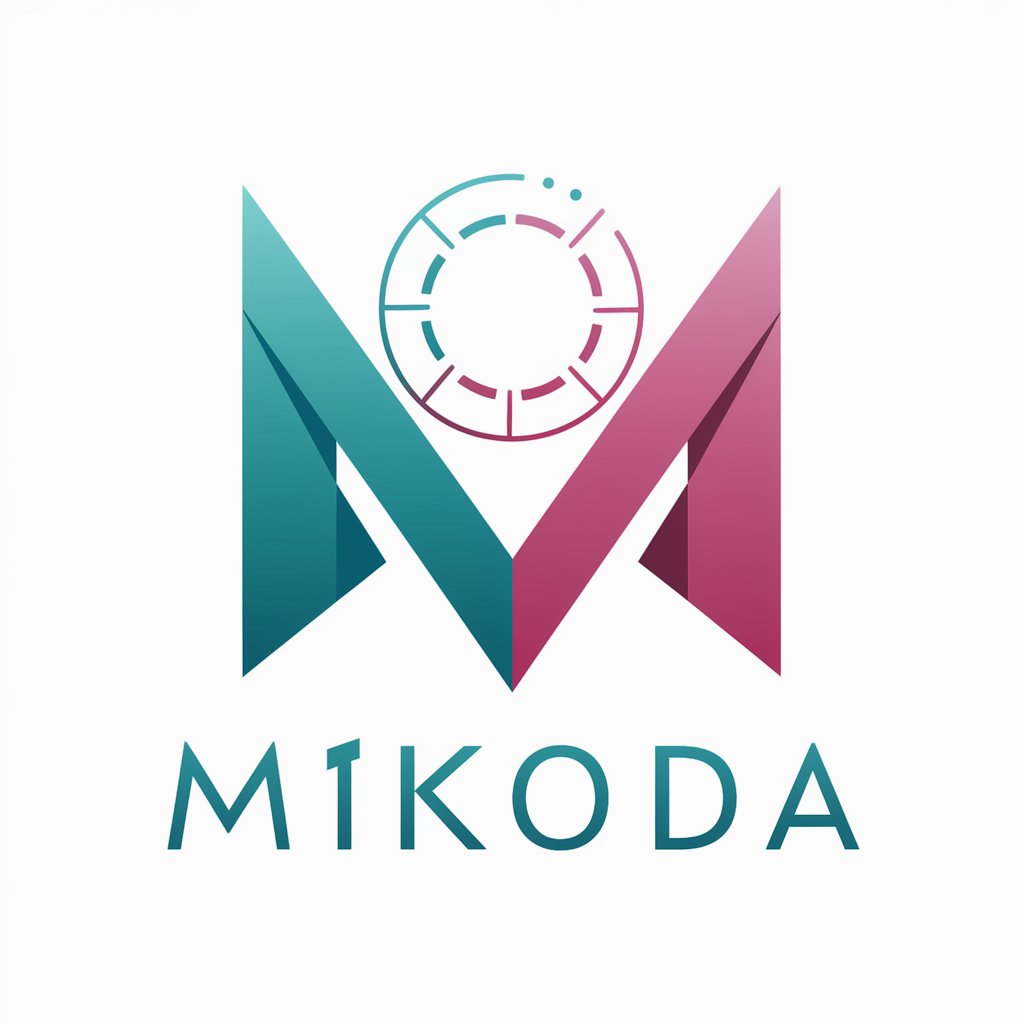
Cloud-Native Threat Modeling - Cloud Security Insights

Welcome to your cybersecurity threat modeling session!
Empower cloud security with AI
Imagine a scenario where your cloud-based application faces a sophisticated cyber attack. Describe the potential vulnerabilities.
Consider an AI system that processes sensitive customer data. What are the possible security threats and how can they be mitigated?
In a Kubernetes environment, how would you ensure the security of your containers and clusters against external threats?
Discuss the importance of data classification in threat modeling for a SaaS product used by multiple clients.
Get Embed Code
Introduction to Cloud-Native Threat Modeling
Cloud-Native Threat Modeling is a cybersecurity approach designed for the unique challenges and architecture of cloud-native systems. These systems, built on services such as containers, microservices, serverless functions, and orchestrated by platforms like Kubernetes, present new attack surfaces and vulnerabilities. The purpose of Cloud-Native Threat Modeling is to proactively identify, assess, and mitigate potential security threats in these environments. This involves understanding the complex interactions between components, the dynamic nature of cloud-native deployments, and the shared responsibility model of cloud security. An example scenario illustrating its application might involve a microservices architecture where each service runs in a separate container. Threat modeling in this scenario would entail analyzing potential threats to the communication between these services, the orchestration layer, and the underlying cloud infrastructure. Powered by ChatGPT-4o。

Main Functions of Cloud-Native Threat Modeling
Identification of Threats and Vulnerabilities
Example
Analyzing a Kubernetes deployment to identify misconfigurations that could lead to unauthorized access.
Scenario
In a scenario where an organization uses Kubernetes to orchestrate containerized applications, Cloud-Native Threat Modeling would involve inspecting network policies, pod security policies, and access controls to pinpoint weaknesses that attackers could exploit to gain access to sensitive data or resources.
Risk Assessment and Prioritization
Example
Evaluating the risk level of exposed APIs in a serverless architecture.
Scenario
For a company leveraging AWS Lambda for its serverless backend, the threat modeling process would assess the security posture of APIs interfacing with these functions. This includes examining authentication, authorization, and data validation practices to prioritize risks based on potential impact and exploitability.
Mitigation Strategy Development
Example
Designing security controls for a microservices architecture to prevent data breaches.
Scenario
In a financial services application built with microservices, each handling different banking operations, threat modeling would focus on securing inter-service communication. This might involve implementing mutual TLS, service mesh architectures for secure service-to-service communication, and robust access control to ensure that even if one service is compromised, the breach's scope is limited.
Ideal Users of Cloud-Native Threat Modeling Services
Cloud Architects and DevOps Teams
These professionals design and manage cloud-native systems, making them primary users. They benefit from threat modeling by integrating security into the design phase, ensuring that security is not an afterthought but a foundational component of their deployments.
Security Analysts and Engineers
Security professionals tasked with protecting cloud-native environments use threat modeling to understand potential attack vectors, assess the security posture of their systems, and develop comprehensive security strategies that address identified risks.
Compliance and Risk Management Teams
These groups ensure that cloud-native deployments adhere to regulatory and compliance standards. Threat modeling aids them in identifying areas where the system might not meet required standards and in documenting risk assessments for audit purposes.

Guidelines for Using Cloud-Native Threat Modeling
Start Your Journey
Begin by visiting yeschat.ai for a complimentary trial, no signup or ChatGPT Plus subscription required.
Understand Your Scope
Define the scope of your threat modeling exercise. This could be an application, a cloud architecture, or an entire organization. Understanding the boundaries and components of your scope is crucial.
Gather and Analyze Information
Collect architectural diagrams, data flow charts, and any relevant configuration details of the system. This information will be the foundation for identifying potential threats.
Identify Threats and Vulnerabilities
Utilize the tool to brainstorm and identify potential threats and vulnerabilities within your scoped environment. Consider various actors, including both internal and external threats.
Mitigation and Improvement
Based on identified threats, prioritize mitigation strategies and improvements. Use the tool to explore recommendations for enhancing security posture and resilience.
Try other advanced and practical GPTs
Christmas Bauble Builder
Crafting Your Holiday Dreams with AI

Chicago
Discover Chicago with AI-Powered Insights

Oregon
Explore Oregon with AI-powered insights

Pursu Girlfriendsssssss
Empowering Your Love Life with AI

BizTech Advisor
Empowering Businesses with AI-driven Insights

Bike Fit AI
Optimize Your Ride with AI-Powered Bike Fitting

Top PC Brands Finance Summary v.01
AI-powered Financial Analysis for Top PC Brands

Haircare Elf
Empowering Your Haircare Journey with AI

ResumeReviewer.AI
Empowering Your Career with AI-Driven Resume Reviews

Angelo Irano Mentor
Empowering Career Paths with AI Insight

Einstein
Explore the Universe with Einstein's AI

Mikoda
Empowering Creativity with AI

Q&A on Cloud-Native Threat Modeling
What is Cloud-Native Threat Modeling?
Cloud-Native Threat Modeling is a structured approach to identifying and addressing potential security threats within cloud-based and cloud-native applications. It involves analyzing architectures, data flows, and configurations to pinpoint vulnerabilities.
Who should use Cloud-Native Threat Modeling?
It's ideal for security professionals, cloud architects, and developers involved in designing, deploying, or managing cloud-native solutions. It helps these stakeholders proactively address security concerns.
How does this tool differ from traditional threat modeling?
Unlike traditional models that may not fully account for cloud-specific threats, Cloud-Native Threat Modeling focuses on the unique challenges of cloud environments, such as dynamic scalability, shared responsibility, and microservice architectures.
Can it help with compliance and regulatory requirements?
Yes, by identifying and mitigating threats, you can ensure that your cloud-native applications comply with relevant security standards and regulations, reducing legal and financial risks.
What are the benefits of using Cloud-Native Threat Modeling?
Benefits include improved security posture, enhanced understanding of cloud-native architectures, proactive vulnerability management, and alignment with compliance and best practices for cloud security.